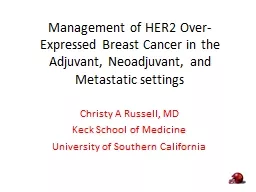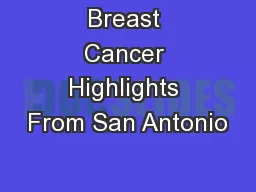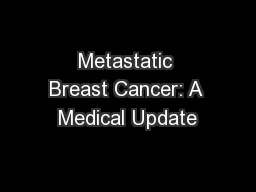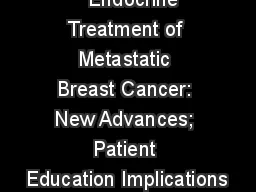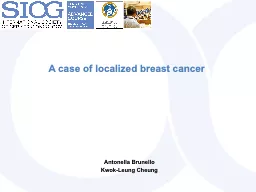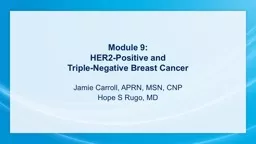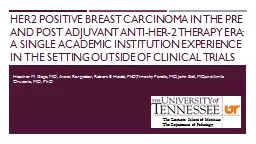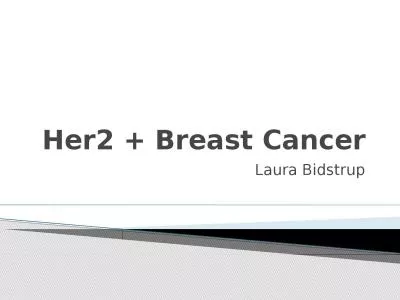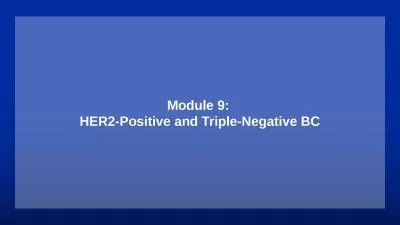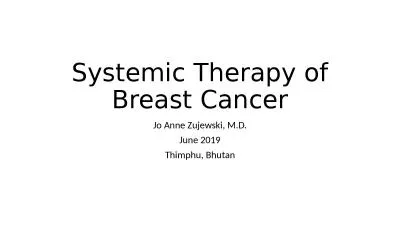PPT-Management of HER2 Over-Expressed Breast Cancer in the Adjuvant, Neoadjuvant, and Metastatic
Author : marina-yarberry | Published Date : 2020-01-23
Management of HER2 OverExpressed Breast Cancer in the Adjuvant Neoadjuvant and Metastatic settings Christy A Russell MD Keck School of Medicine University of Southern
Presentation Embed Code
Download Presentation
Download Presentation The PPT/PDF document "Management of HER2 Over-Expressed Breast..." is the property of its rightful owner. Permission is granted to download and print the materials on this website for personal, non-commercial use only, and to display it on your personal computer provided you do not modify the materials and that you retain all copyright notices contained in the materials. By downloading content from our website, you accept the terms of this agreement.
Management of HER2 Over-Expressed Breast Cancer in the Adjuvant, Neoadjuvant, and Metastatic: Transcript
Download Rules Of Document
"Management of HER2 Over-Expressed Breast Cancer in the Adjuvant, Neoadjuvant, and Metastatic"The content belongs to its owner. You may download and print it for personal use, without modification, and keep all copyright notices. By downloading, you agree to these terms.
Related Documents

